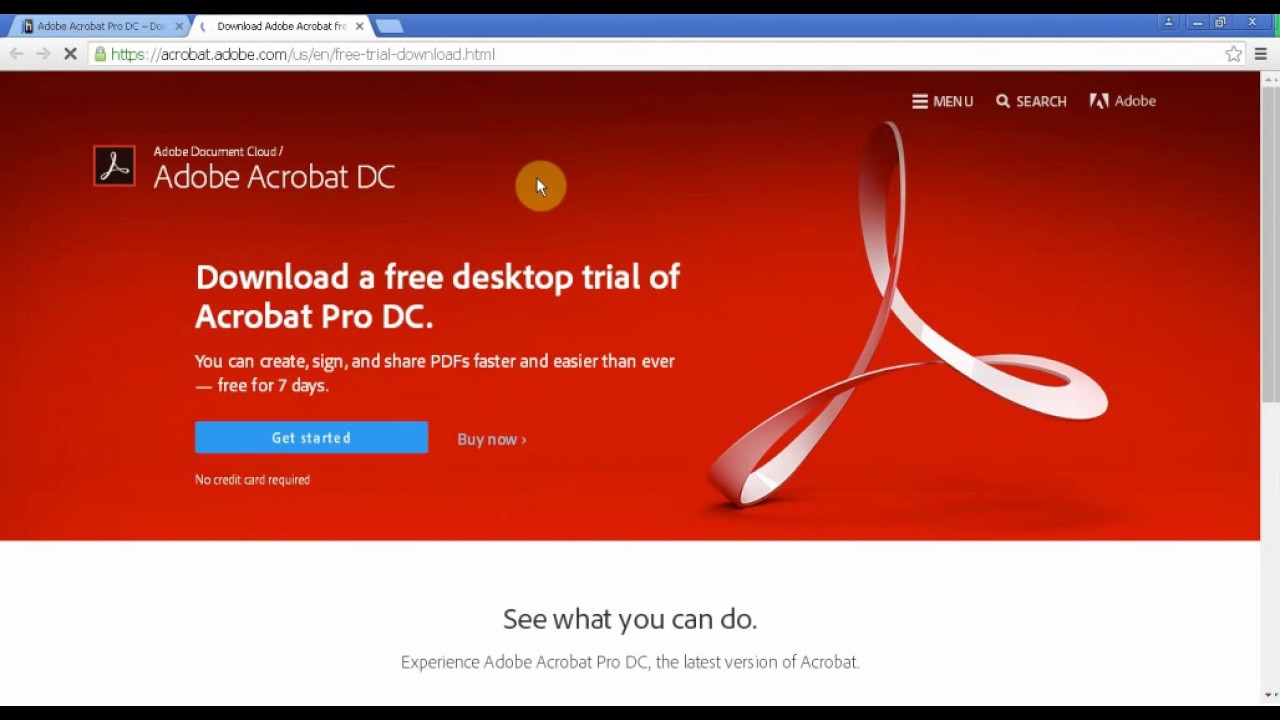
/disk-scrubber-56a6f9455f9b58b7d0e5c7a4.png)
The problem is finding out if there is sensitive data in these areas. Windows may leave sensitive data fragments behind when your machine needs more memory to handle large files, display web pages, or print documents. Most of this processing is done as a convenience to the user. While you didn’t explicitly request Windows to place parts of your files into any of these areas, it does so in its normal processing. Sensitive data from that marketing plan, or any other file, can be found in temporary files, cache, swap files, page files, and slack space. The bigger issue is the unknown, which is where Windows comes into play. The above steps help, but they’re simple ones and address the files you decide to delete. Some people take a step further and defrag their hard drive, so the marketing plan data gets overwritten.

If someone used a disk editor, they could see your deleted marketing plans. The file’s first letter is changed, and references are deleted. Not really.Īlthough you deleted the file, the data is still on your computer. Out of sight, out of mind, and out of reach. To get rid of this file, people drag the file to the Recycle bin. For example, the marketing plan they wrote in Microsoft Word. When you think about data, most people think of the files they see in folders.

Computers have become the data repositories of our lives, including personal info, photo, security camera footage, intellectual property, financial records, and so on. At the same time, the size of hard drives has exploded. Now, we have corporations downsizing and selling PCs. Few people thought about selling their computers or donating them to others. Hard drives were smaller, and notebooks weren’t as popular.


 0 kommentar(er)
0 kommentar(er)
